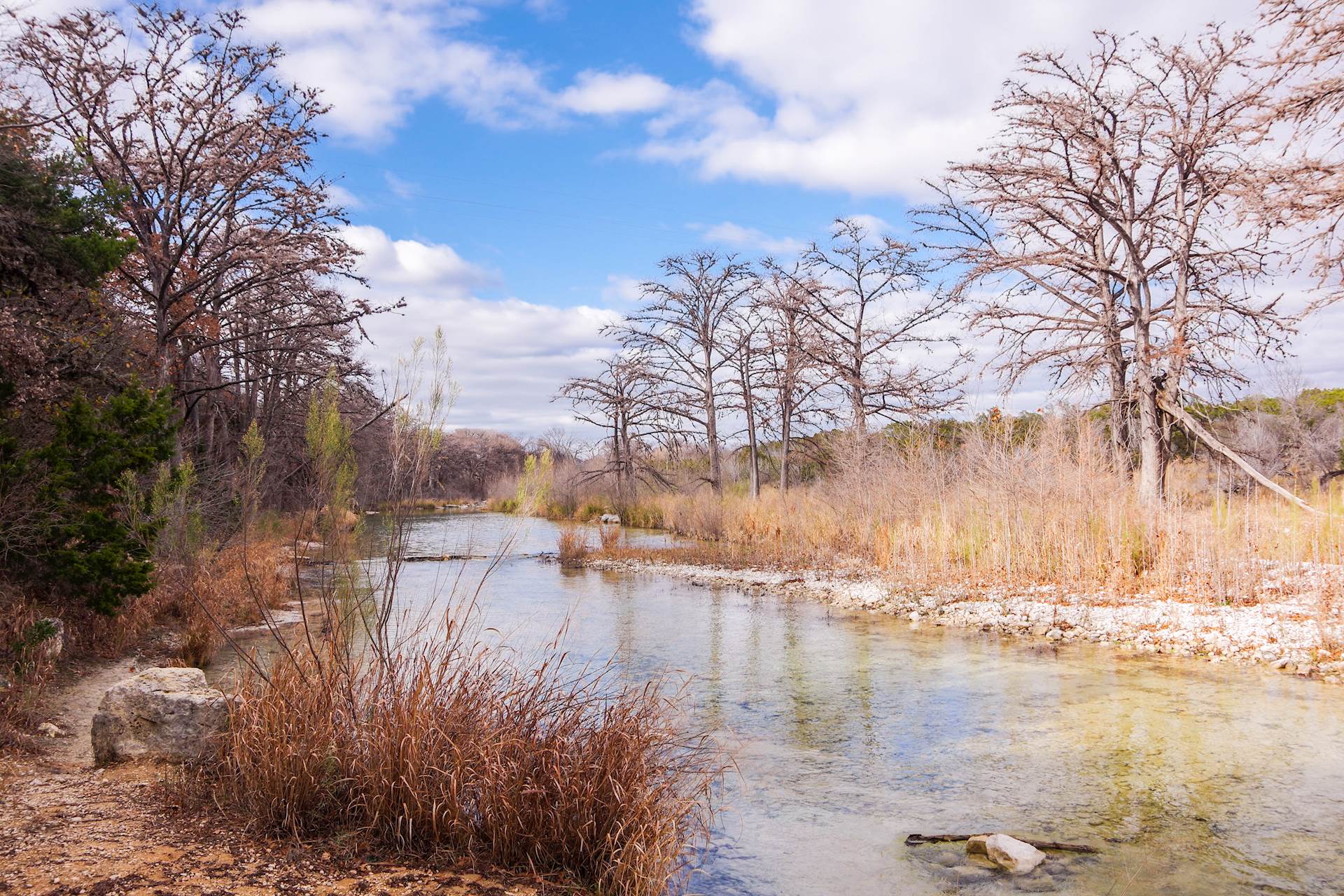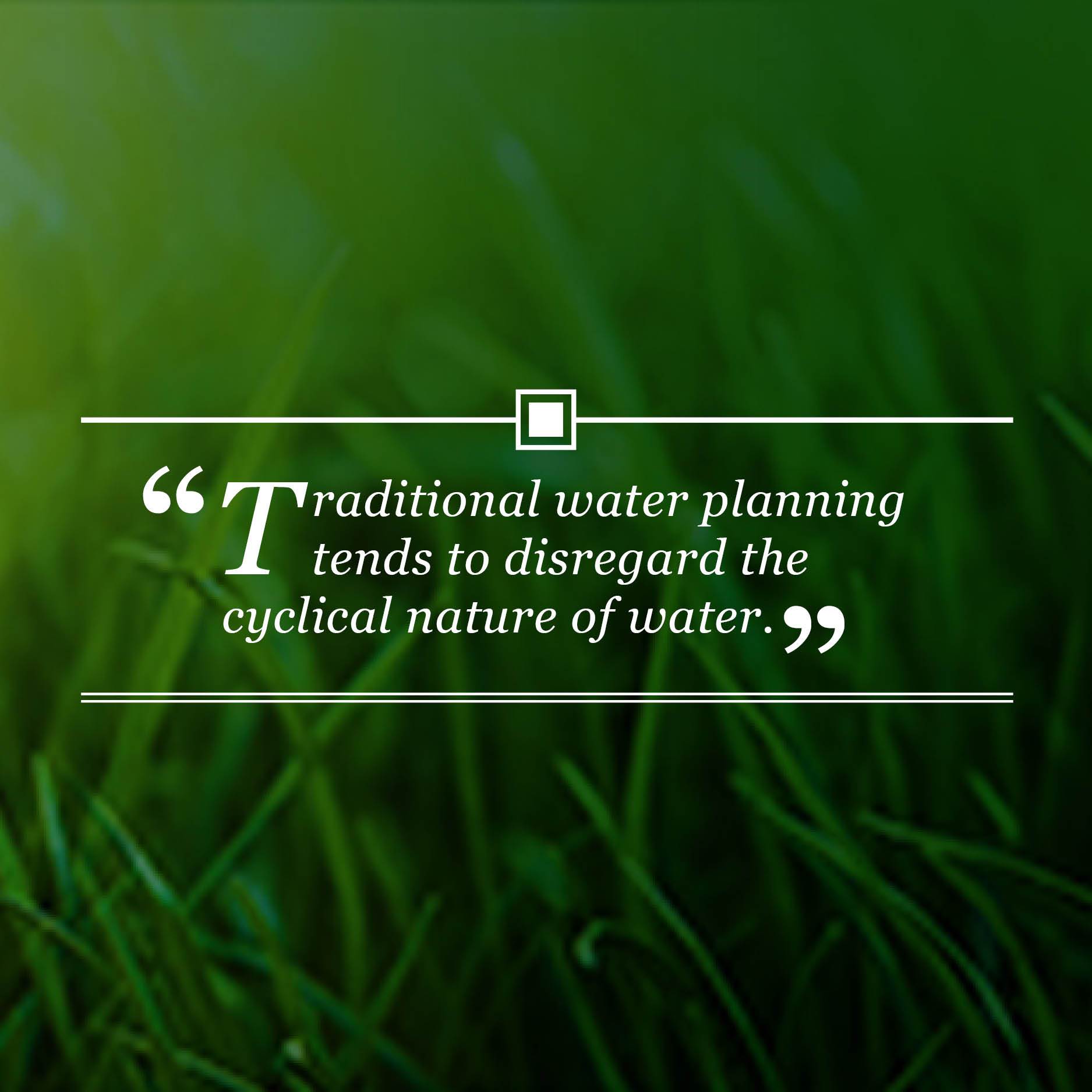 The Frio River in Central Texas.
The Frio River in Central Texas.
Humans are made of water. Waterways connect us for transportation and recreation. Rain and irrigation grow our crops. Clean water is essential for hydration and sanitation. Too much water, too little water or poor quality water can make or break everyday life for water users — which is to say, everybody.
The US Water Alliance aims to install One Water as the standard approach for water management in the United States, with the goal of creating thriving local economies, community vitality and healthy ecosystems.
One Water is not a new perspective. One of the first ways children are taught to conceptualize water is through the water cycle. However, traditional water planning tends to disregard the cyclical nature of water. Regulatory, financial and government silos prevail, separating drinking water, stormwater and wastewater.

To adopt a One Water ethic, water planners and users must approach present and future water challenges, such as ecosystem degradation, water scarcity, climate change, flooding, aging or inadequate infrastructure and water affordability with the following hallmarks:
- Start with a mindset that all water has value. There is a finite amount of water on the planet. Every drop counts, from agricultural runoff to reservoir contents, and every drop has an opportunity to be managed sustainably.
- Explore solutions that achieve multiple benefits. Ideal One Water solutions find a balance between economic, social and environmental priorities.
- Employ a systems approach. Avoid the traditional silos and acknowledge the complexity of water resources. Neglected water or wastewater infrastructure can create contaminated waterways. Treated wastewater effluent can become the environmental flows necessary to sustain vital habitats. Each water resource is interconnected and interdependent.
- Think and take action at the watershed scale. Zooming out to the watershed level acknowledges the unique geology, hydrology, challenges and opportunities that a community may face. It is at the watershed level that the extent of a water issue can be better understood and better solved.
- Include and engage all stakeholders and partners. The path to a resilient, water-equitable future requires collaboration and partnerships between all water stakeholders (water utilities, industry, agriculture, citizens, etc.). A diversity of perspectives ensures that needs are heard from all arenas and buy-in extends to the public.
Find One Water resource publications at the US Water Alliance website. Hanson can help you develop multipronged solutions to your water problems — contact Michelle Alvarez at malvarez@hanson-inc.com.